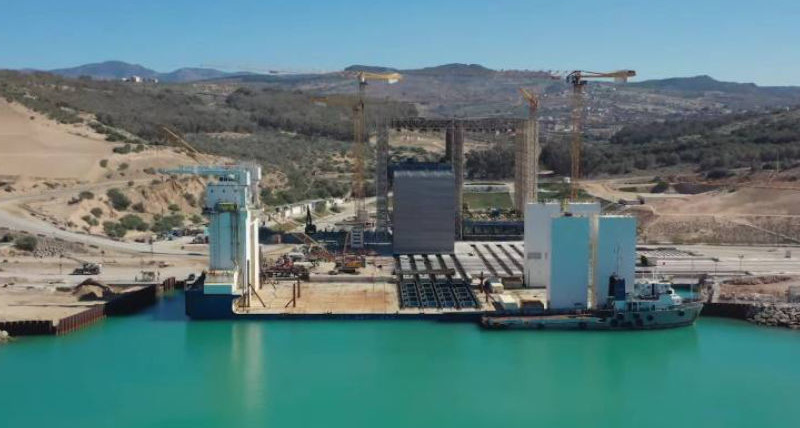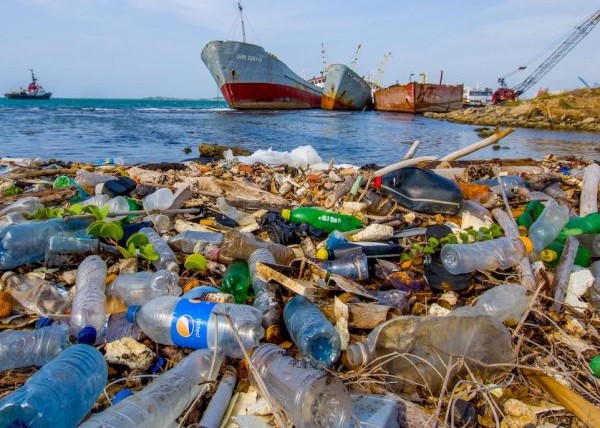The Mediterranean coasts could be more at risk than expected. The estimates published in 2021 by the IPCC on the rise in sea levels over the next century would in fact underestimate the real dangers, not taking into account the phenomenon of subsidence, i.e. the lowering of the ground caused by natural phenomena or human activity . This is what is claimed by a new study carried out by researchers from the National Institute of Geophysics and Volcanology (INGV) and the Radboud Radio Lab of the Department of Astrophysics of the University of Radboud (Holland), published in recent weeks in the journal Environmental Research Letters.
The coasts sink
The IPCC analyzes in fact only took into account the effects of global warming on the melting of ice, and the consequent increase in sea levels caused by the influx of water. But in areas where land subsidence is particularly accentuated, the effects of rising sea water levels add to those of lowering the land, producing much greater risks of flooding for coastal areas. And the Mediterranean basin is just such an area.
“The Mediterranean is characterized by a strong variability in the vertical movements of the coasts, which vary from area to area due to tectonic, volcanic and anthropic activity,” explains Enrico Serpelloni, INGV researcher and co-author of the study. “For our research, conducted within the SAVEMEDCOASTS, SAVEMEDCOASTS2 and Pianeta Dinamico projects, we used data from the numerous GNSS satellite geodetic stations located within 5 km of the sea, with which we can calculate, with millimeter precision, the vertical displacement speeds of the soil”.
The risks over the next century
The researchers updated IPCC projections up to 2150 for 265 areas of the Mediterranean to include subsidence data. And the results showed that in some areas of the Mediterranean coasts the increase in water levels is actually three times greater than in the more stable ones.
“Sea level rise and subsidence mean that around 38,500 km2 of Mediterranean coastline – of which around 19,000 km2 in the northern sector of the basin alone – will soon be more exposed to the risk of marine flooding, with consequent greater impacts on the environment , on human activities and infrastructures”, concludes Marco Azidei, INGV researcher who participated in the study. “It is therefore necessary to take concrete actions to support coastal populations who will be increasingly vulnerable to sea level rise and the increased risks associated with this by the end of this century and beyond.”




